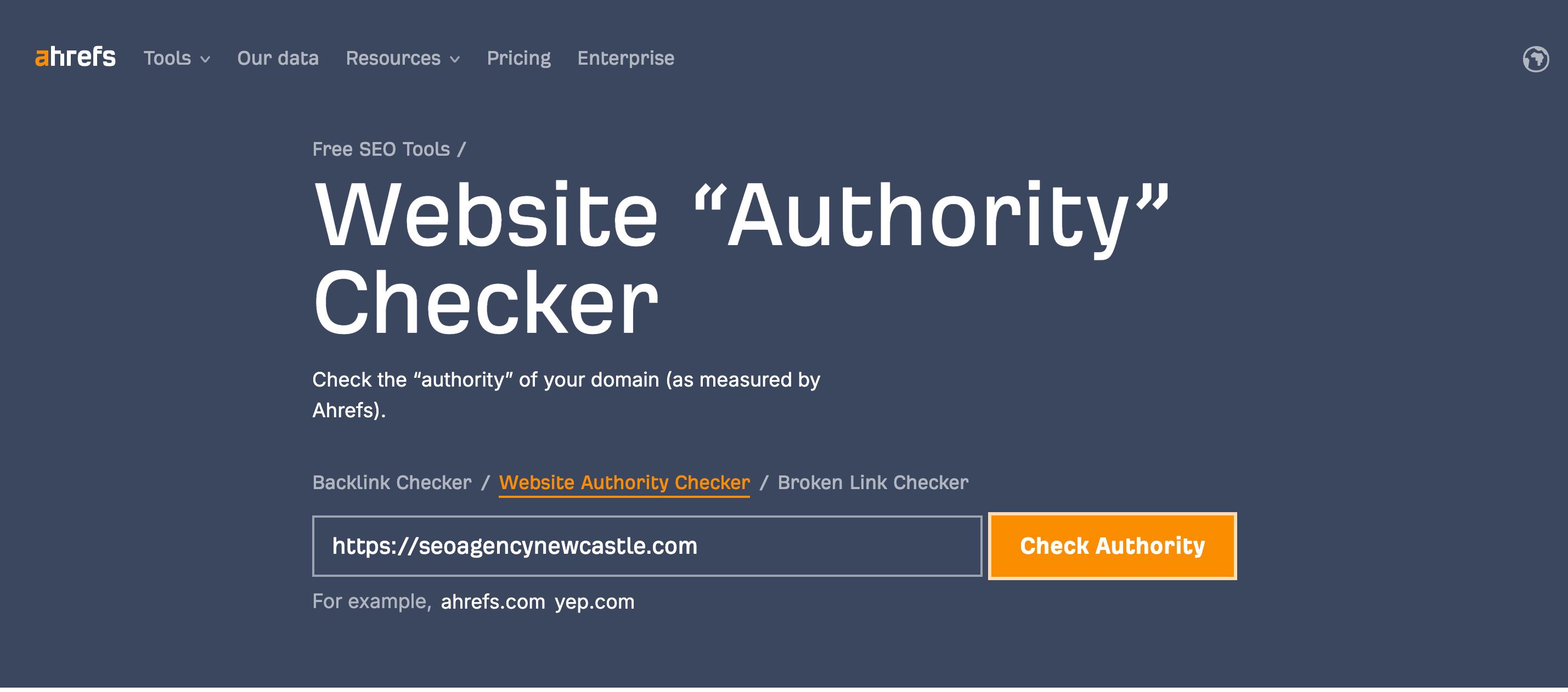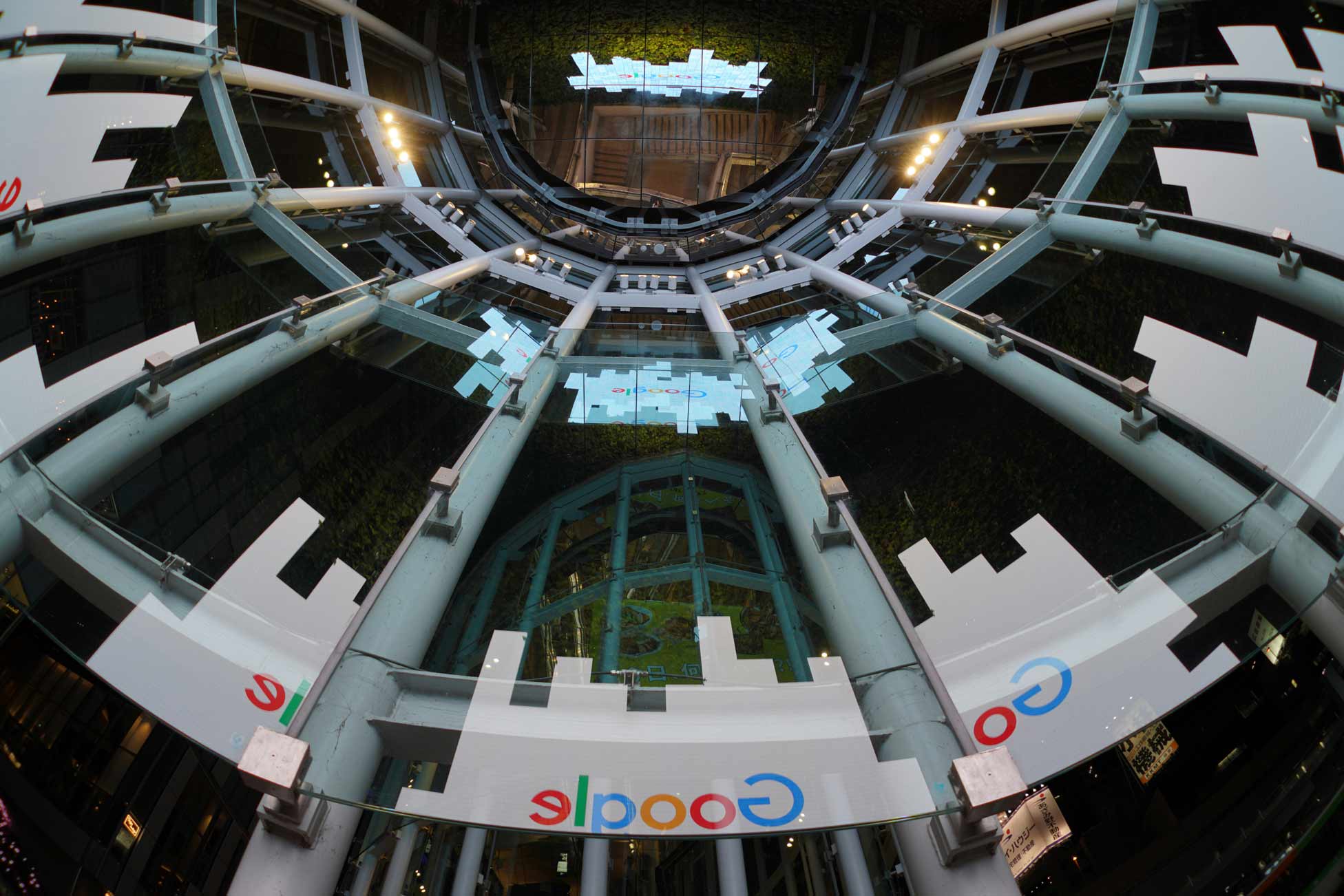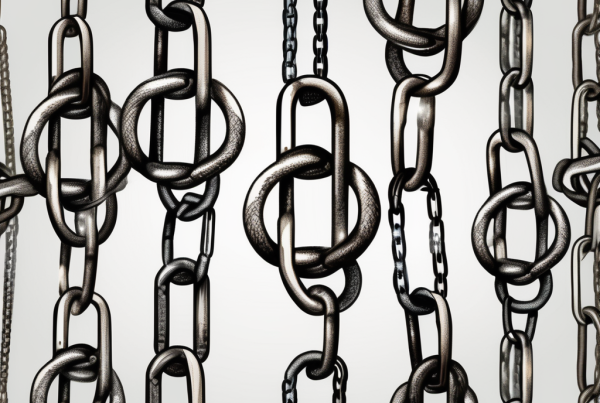Domain Rating (DR) is a metric developed by Ahrefs that measures the authority of a website’s backlink profile. It’s a crucial factor in determining a website’s ranking potential in search engine results pages.
A high DR indicates a strong website with a significant number of high-quality backlinks.
Understanding Domain Rating (DR)
Domain Rating (DR) is a crucial metric in the world of search engine optimisation. It serves as a key indicator of your website’s authority and credibility in the eyes of search engines. The DR score ranges from 0 to 100, with higher scores indicating a stronger and more reputable online presence. Websites with a high DR are more likely to rank well in search engine results pages, making it a sought-after metric for digital marketers and website owners.
One of the primary factors that contribute to a website’s DR is the quality and quantity of backlinks it has. Backlinks are incoming links from other websites to your site, and they play a significant role in determining your website’s authority. Search engines view backlinks as a vote of confidence from other sites, indicating that your content is valuable and trustworthy. As a result, websites with a diverse and high-quality backlink profile tend to have a higher DR.
Importance of DR in SEO
In the world of SEO, having a high Domain Rating is crucial for better rankings. Search engines, like Google, trust websites with high DRs more than those with low DRs. High DR signifies that your website has a strong backlink profile, which indicates credibility and authority in your industry. It can also lead to higher visibility in search engine results, increased organic traffic, and ultimately, more conversions and revenue.
Building a high Domain Rating involves a strategic approach to link building. Quality over quantity is key when it comes to backlinks. Acquiring backlinks from reputable and relevant websites can significantly boost your DR. Additionally, creating high-quality content that naturally attracts backlinks is another effective way to improve your website’s Domain Rating. Remember, search engines value organic and natural link building practices over manipulative tactics.
Monitoring your website’s Domain Rating over time is essential to track the effectiveness of your SEO efforts. Tools like Ahrefs and Moz provide insights into your DR score and the backlink profile of your website. By regularly analysing this data, you can identify areas for improvement and adjust your SEO strategy accordingly to continue strengthening your website’s authority and credibility in the digital landscape.
Factors that Influence Domain Rating
Several factors can influence your website’s Domain Rating. The most critical factor is the quality and quantity of backlinks. High-quality backlinks from authoritative and relevant websites carry more weight than low-quality backlinks. Additionally, the diversity of your backlink profile, social signals, website age, and overall website performance also contribute to your Domain Rating.
When it comes to backlinks, it’s not just about the number of links pointing to your site but also about the anchor text used in those links. Anchor text plays a crucial role in determining the relevance and authority of a backlink. It’s essential to have a good mix of anchor texts that are natural and varied to avoid triggering any red flags with search engines.
Social signals, such as shares, likes, and comments on social media platforms, can also impact your Domain Rating. When your content gets shared and engaged with on social media, it signals to search engines that your website is valuable and authoritative. This can lead to an increase in your Domain Rating over time.
Strategies to Boost Your DR
Increase your Domain Rating by implementing the following strategies:
- Create high-quality, informative, and shareable content that naturally attracts backlinks.
- Build relationships with influencers and authoritative websites in your industry to earn high-quality backlinks.
- Guest post on relevant and authoritative websites to gain exposure and backlinks.
- Optimise your website’s on-page elements, such as title tags, meta descriptions, and headers.
- Monitor and disavow toxic backlinks that may harm your Domain Rating.
- Invest in social media promotion to increase brand awareness and attract organic backlinks.
Another effective strategy to boost your Domain Rating is to regularly conduct keyword research and incorporate relevant keywords into your content. By aligning your content with popular search terms, you increase the likelihood of attracting organic traffic and improving your website’s overall visibility.
Consider implementing a link-building campaign that focuses on acquiring backlinks from a diverse range of sources. This approach not only enhances your website’s credibility in the eyes of search engines but also exposes your content to a wider audience, potentially leading to more backlink opportunities.
 Tools to Measure Domain Rating
Tools to Measure Domain Rating
Several tools can help you measure your Domain Rating effectively:
- Ahrefs: A popular SEO tool that offers a comprehensive analysis of your website’s backlink profile and Domain Rating.
- Moz: Moz’s Domain Authority (DA) metric is similar to Ahrefs’ DR and provides valuable insights into your website’s authority.
- Majestic: Majestic’s Trust Flow and Citation Flow metrics help evaluate the quality and quantity of your backlinks.
- SEMrush: SEMrush offers a detailed analysis of your website’s backlinks and Domain Rating, along with other valuable SEO metrics.
Expanding on the tools mentioned above, Ahrefs is known for its robust backlink analysis capabilities. It not only provides information on the number of backlinks to your site but also evaluates their quality based on factors like domain authority and relevancy. This tool also offers insights into your competitors’ backlink profiles, allowing you to identify potential link building opportunities to improve your own Domain Rating.Moving on to Moz, in addition to its Domain Authority metric, Moz also provides a Spam Score feature that helps you identify potentially harmful backlinks. By analysing this data, you can proactively disavow toxic links and protect your website’s credibility in the eyes of search engines.
Moz’s Link Explorer tool further allows you to track the growth of your backlink profile over time, enabling you to monitor the impact of your link building efforts on your Domain Rating.When it comes to Majestic, their Trust Flow metric measures the trustworthiness of a website based on the quality of its backlinks, while Citation Flow indicates the influence or popularity of a site based on the quantity of backlinks. By understanding these metrics, you can assess the overall health of your backlink profile and make informed decisions to enhance your website’s Domain Rating. Additionally, Majestic’s Historic Index feature provides historical data on backlinks, allowing you to track changes in your link profile and identify trends that may impact your Domain Rating in the long term.
Common Mistakes to Avoid when Increasing DR
Avoid these common mistakes to ensure successful growth of your Domain Rating:
- Excessive focus on quantity over quality when acquiring backlinks.
- Ignoring the relevance and authority of linking websites.
- Using black hat SEO techniques to manipulate backlinks.
- Not actively monitoring and disavowing toxic or spammy backlinks.
- Overlooking on-page optimisation and technical SEO factors.
When it comes to increasing your Domain Rating (DR), it’s crucial to strike a balance between the quantity and quality of backlinks. While it’s tempting to acquire as many backlinks as possible, focusing on quality links from authoritative and relevant websites can have a more significant impact on your DR in the long run. Quality backlinks not only improve your DR but also enhance your website’s credibility and trustworthiness in the eyes of search engines.
Another common mistake to avoid is using black hat SEO techniques to manipulate backlinks. While these tactics may provide short-term gains, they can result in severe penalties from search engines, ultimately harming your DR and overall website performance. It’s essential to prioritise ethical and sustainable link-building strategies to ensure long-term success and growth for your website.
Domain Rating is a metric developed by SEO tool provider Ahrefs to measure the authority of a website’s backlink profile. It takes into account the quantity and quality of backlinks pointing to a website, providing a numerical score that indicates the website’s overall link authority. While a high Domain Rating can positively impact a website’s search engine rankings, it is important to note that DR is just one of many factors that search engines consider when determining where a website should rank.In addition to Domain Rating, search engines like Google also take into consideration factors such as content relevance, user experience, and technical optimization when ranking websites.
Content relevance refers to how well the content on a website matches the search intent of users, while user experience encompasses factors like site speed, mobile-friendliness, and overall usability. Technical optimisation involves aspects such as website structure, meta tags, and schema markup, all of which contribute to how well a website can be crawled and indexed by search engines. By focusing on improving these factors in addition to increasing your Domain Rating, you can create a well-rounded SEO strategy that enhances your website’s chances of ranking well in search engine results.
Leveraging Content for DR Growth
Content plays a vital role in boosting your Domain Rating. Create high-quality, informative, and engaging content that naturally attracts backlinks from other websites. Develop a content strategy that aligns with your target audience’s interests and needs. By consistently publishing valuable content and promoting it through various channels, you increase the likelihood of earning backlinks, raising your Domain Rating, and improving your search engine rankings.
When crafting content, consider conducting keyword research to understand what topics are trending in your industry. By incorporating relevant keywords into your content, you can enhance its visibility and reach a wider audience. Additionally, optimising your content for SEO by including meta tags, alt text for images, and internal links can further improve your chances of ranking higher in search results.
Engaging with your audience through social media platforms can amplify the reach of your content. Encourage social sharing by creating shareable graphics, videos, and infographics that resonate with your followers. Building a strong social media presence not only drives traffic to your website but also increases the likelihood of your content being shared and linked to by other reputable sites, ultimately boosting your Domain Rating.
Monitoring and Maintaining Your Domain Rating
It’s crucial to continuously monitor and maintain your Domain Rating to ensure its growth and prevent any decline. Regularly audit your backlink profile, disavow toxic links, and keep updated with industry best practices. Monitor your competitors’ backlink profiles and identify new opportunities to earn high-quality backlinks. By actively managing your website’s Domain Rating, you’ll maintain your authority and improve your chances of ranking higher in search engine results.
One effective strategy to boost your Domain Rating is to focus on creating high-quality, relevant content that naturally attracts backlinks from authoritative websites. By producing valuable and engaging content, you increase the likelihood of other websites linking back to your pages, thus enhancing your website’s credibility and Domain Rating. Additionally, engaging with your audience through social media platforms and online communities can also help in building a strong backlink profile and improving your overall online presence.
Conducting regular SEO audits and keyword research can provide valuable insights into areas where you can optimise your website for better search engine visibility. By identifying and targeting relevant keywords with high search volumes, you can attract more organic traffic to your site and potentially earn more backlinks from reputable sources. Implementing a comprehensive SEO strategy that includes on-page optimization, technical SEO, and content marketing can significantly contribute to the growth and maintenance of your Domain Rating over time.
What is a good Domain Rating (authority) score?
Domain Rating scores can vary depending on the industry and competition. However, generally speaking, a Domain Rating of 50 or above can be considered a good score. Websites with higher DRs tend to have a better chance of ranking well in search engine results. Continuously working to improve your Domain Rating will help establish your website as an authority in your industry and maximise your online visibility.
Boosting your Domain Rating is crucial for better rankings and increased organic traffic. By understanding the importance of Domain Rating, implementing effective strategies, and actively maintaining your website’s authority, you’ll enhance your website’s visibility in search engine results and ultimately drive more success in your online endeavours.
It’s important to note that Domain Rating is just one of the many factors that search engines like Google consider when ranking websites. Other factors include the quality of backlinks, content relevance, website speed, mobile-friendliness, and user experience.
A holistic approach to SEO that addresses all these factors will contribute to a well-rounded and successful online presence.








